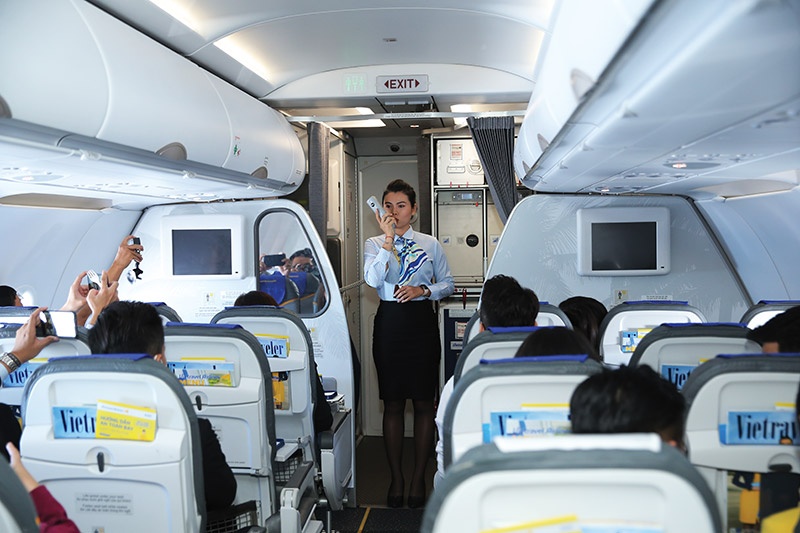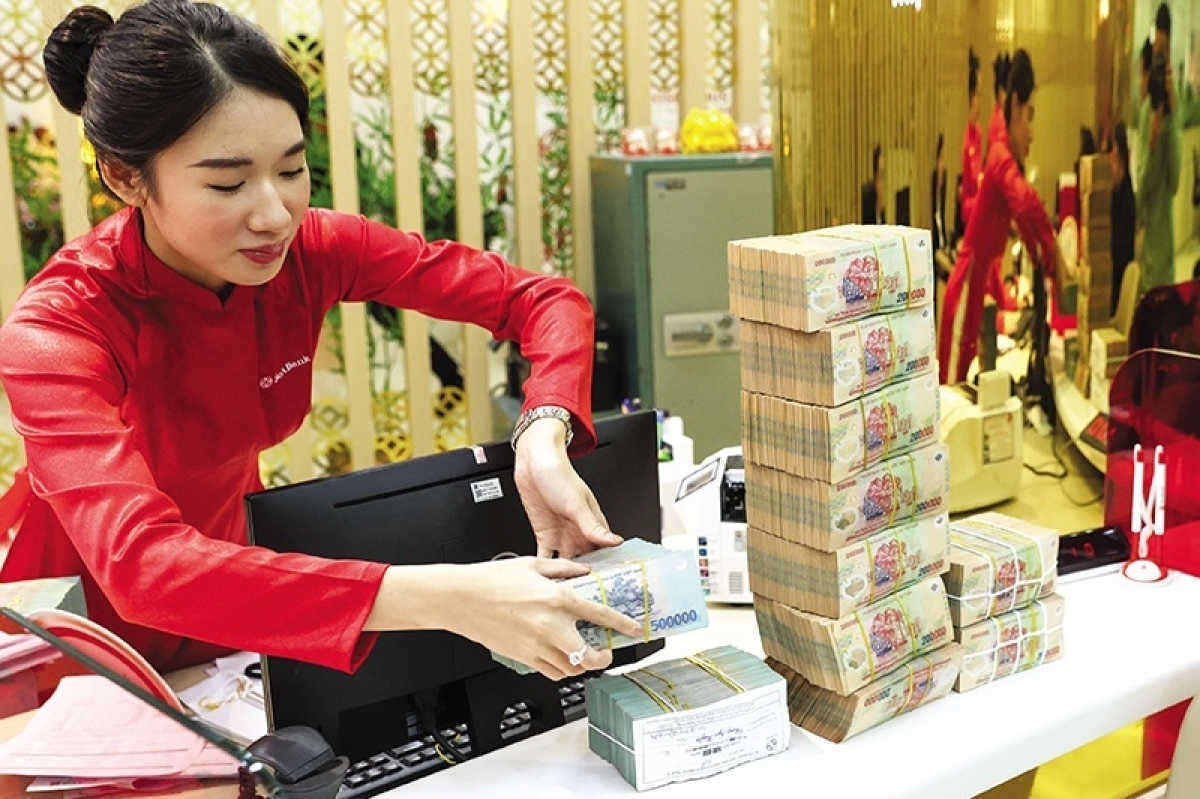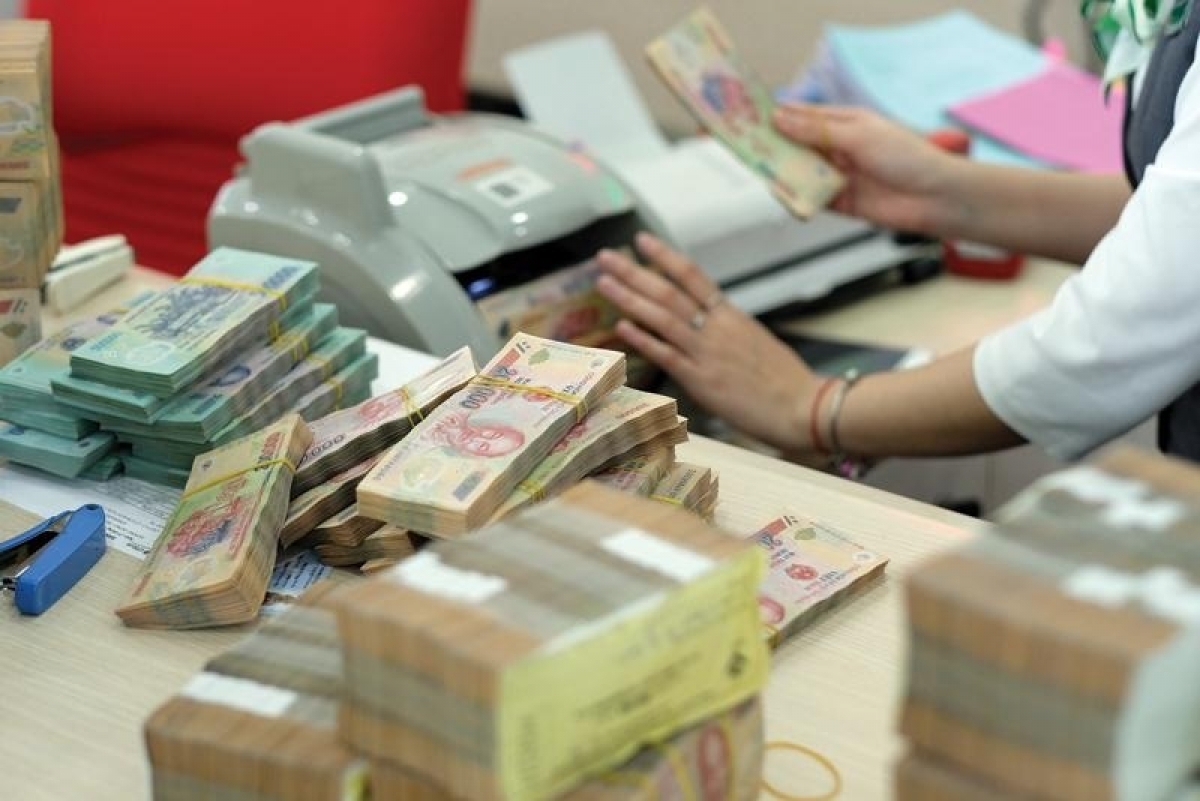INTERNATIONAL INVESTMENT
AND PORTAL
Businesses are advocating for a holistic strategy to support their community to ride out the bumps associated with prospective rising interest rates, including flexible regulations on preferential lending rates mechanisms and extensions for repayment deadlines.
 Airlines may be getting back to normal, but a myriad of tough financial problems still exist
Airlines may be getting back to normal, but a myriad of tough financial problems still exist
The climbing lending interest rate is predicted to put a financial burden on businesses, not to mention the soaring cost of raw materials. Nguyen Quoc Anh, chairman of the Ho Chi Minh Rubber and Plastics Association, expressed his concerns that the current price of raw materials in the rubber and plastic sector has risen by 10-30 per cent, or even 50 per cent in some categories as China implements tight disease control measures, disrupting supply chains.
“This compels businesses to borrow extra capital to cover rising expenses to maintain production. Some members of our association, however, claim that some banks have announced a 0.5-1 percentage point hike in the loan interest rate compared to the previous year. At the moment, everything seems to be on the right track with the existing rate of interest. However, companies will find it more challenging if this situation persists in the near future,” Anh said.
The Vietnam Aviation Business Association had previously requested that the Ministry of Transport to urge the National Assembly for a refinancing package of up to $282.6 million for airlines at a zero per cent interest rate, similar to the arrangement made with Vietnam Airlines.
Nguyen Duc Lenh, deputy director of the State Bank of Vietnam’s (SBV) Ho Chi Minh City branch, said by the end of February, credit growth in the region reached 2.65 per cent, which is the highest figure in the past four years.
“Notably, credit increased sharply, but still remained concentrated in the manufacturing sector, currently accounting for about 67-70 per cent due to the high demand from businesses,” he said.
Fresh data from the General Statistics Office revealed that, as of March 21, the total economy’s credit growth rate reached 4.03 per cent, far greater than the 1.47 per cent rate in the same period last year.
The average short-term lending interest rate in VND for priority sectors is approximately 4.3 per cent per year, less than the maximum short-term lending interest rate prescribed by the SBV.
SSI Research believed that the recent credit growth, which hit the previous record high in December 2017, might be attributable to the rising credit demand and the stringent regulations of the corporate bond market.
“Factors, such as heightened inflation pressure, have exerted significant upward strain on deposit and lending rates for the coming time,” SSI noted.
“Given the fact that the consumer price index might tick up from early Q2/2022, we expect the floor to be in place in terms of deposit rates, and the prospects of rate hikes and a departure from the nation’s current dovish monetary policy depend upon the speed of recovery,” SSI said.
Meanwhile, a draft decree on state budget interest rate support for loans for enterprises, cooperatives, and household businesses is being solicited by the SBV for the implementation of an interest rate assistance policy of 2 per cent annually.
The proposed decree is to be extended within two years on commercial loans via the system of commercial banks.
“Low lending interest rates could make enterprises use their capital recklessly, thereby increasing risk of moral hazards. Some might not be willing to satisfy their repayment obligations as they believe the government would bail them out,” the SBV cautioned. “Debt-reversal loans may lead to a rise in bad debts, which could cause a negative impact on macroeconomic stability.”
Nguyen Vu Hoang - Director of Marketing and Communications Vietravel Airlines
Despite the domestic economy showing signs of revival here, aviation continues to confront lingering concerns such as increasing fuel prices, inflation, and a significant reduction in consumer spending, among others.
Besides existing solutions, Vietravel Airlines suggests to the prime minister and key authorities a number of options to alleviate challenges for the industry.
First and foremost, we advocate for a prompt loan assistance package for aviation businesses, whether they are state-owned or private.
The cash flow of the aviation sector is being drained after a lengthy period of hibernation. Without the state’s involvement, carriers will surely suffer liquidity dangers, short-term and supplier debt, and delayed wage payments to staff, to name a few.
A swift and simple loan appraisal procedure is also important, from our perspective. Local businesses are facing many roadblocks when approaching so-called preferential loan packages.
The government should implement a financial assistance package for airlines that would allow them to borrow much-needed funds at a zero per cent interest rate or at preferential interest rates with a long-term payback period of 3-5 years.
In parallel, the corporate income tax should be eliminated during this time, and VAT should be reduced to 5 per cent. Furthermore, the cost of fuel for airlines makes for a significant amount of overall operating expenses, accounting for more than 30 per cent of total costs.
By Trung Duong



















